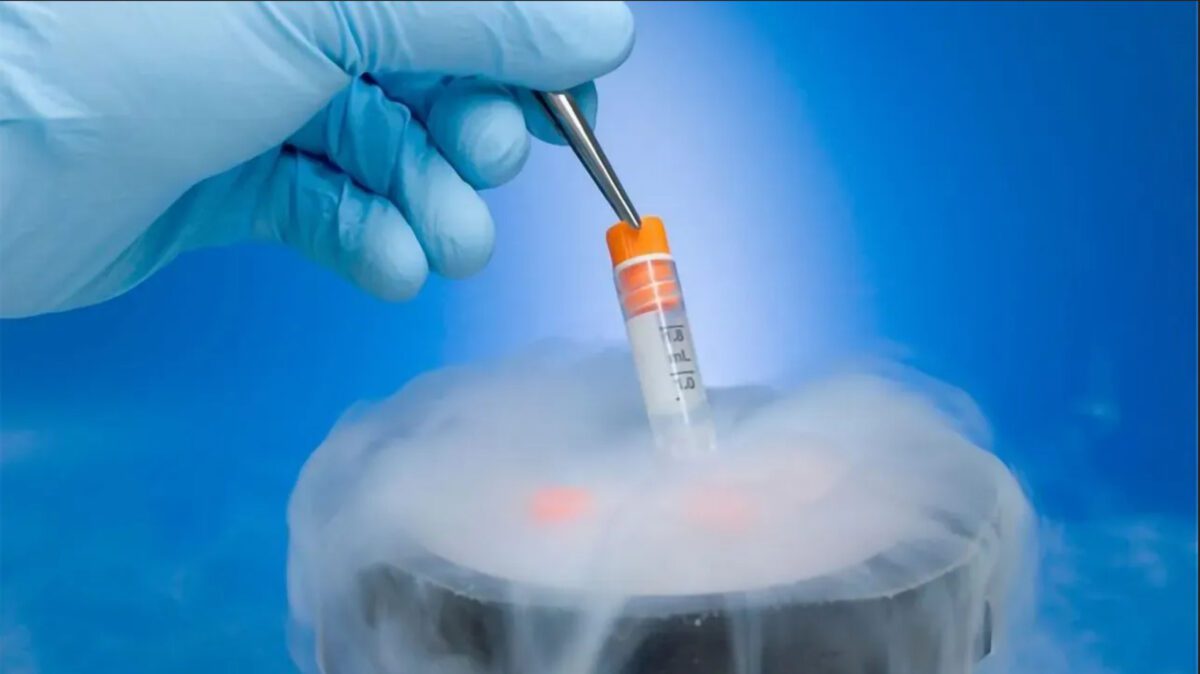The medical industry has seen many advancements, one of which includes cryopreservation. You may already know that it has something to do with its meaning “frost.” However, it’s generally not something that is talked about often.
In short, cryopreservation has changed the way we preserve materials and has become an essential form of storage in healthcare. It’s something that is used more often than you realize, and learning about it is extremely interesting.
Below we are going to talk about everything that you should know about cryopreservation.
Let’s get started!
What it is:
The entire cryopreservation process includes freezing cells, tissues, and biological materials at extremely low temperatures. These are then stored in something like these dual cooling system refrigerators.
As the name suggests, the ultimate goal is to preserve the samples for as long as possible without causing any significant damage. This allows them to be used later (which we will discuss further below).
How it’s done:
In order to freeze samples after they have been harvested, there are a few different methods that are used. What is best depends on the type of sample that is being stored. For instance, some materials will need to undergo a process known as vitrification instead of conventional cryopreservation.
The difference between the two is that vitrification will solidify the sample without any ice crystallization. However, both will still be able to preserve the compound.
What it’s used for:
Most people associate cryopreservation with IVF, also known as in vitro fertilization. The process can freeze and store eggs, human embryos, and sperm – meaning that an individual can choose to get pregnant again, using samples that are already preserved.
Another notable use is that it can also preserve stem cells found in bone marrow. After chemotherapy, these can be thawed and transferred back into the individual’s body.
A few other samples that can be stored using this method include:
– Blood cells
– Oocytes
– Plant germplasm
– Medication forms
The risks:
Like everything, there are still some things that can go wrong during the cryopreservation process. For example, dehydration, extracellular and intracellular ice formation, and solution effects can all damage the sample.
The good thing is most of them are preventable by treating the material with cryoprotectants before the freezing begins.
The benefits:
The benefits of cryopreservation are relatively self-explanatory. Being able to store cells and tissue securely can assist individuals and medical professionals in several ways.
Alongside helping with studies involving plants and animal material in low temperatures, it provides everyone with long-term solutions thanks to its effectiveness.
Final words:
As you can see from the above, cryopreservation certainly is an incredible advancement. In fact, even though it was discovered in 1948, there is reason to believe that we will continue to find uses for it.
Yes, while it does have its limits, technology in the healthcare industry is only continuing to grow. Who knows what we will be capable of in ten years.
